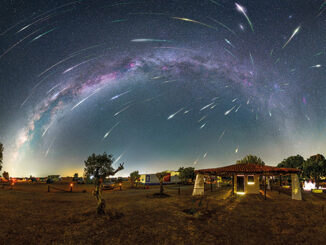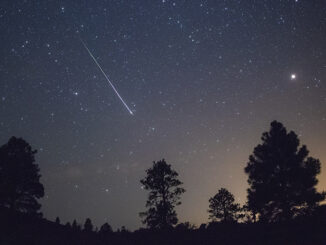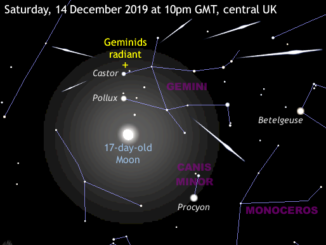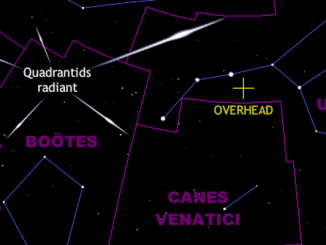
Meteor shower








Bright Moon photobombs Geminid meteor shower peak on 14 December
The December Geminid meteor shower is generally regarded as the richest and most reliable of the major annual shooting star displays. This year the predicted peak occurs between 2h and 23h UT (2am to 11pm GMT) on Saturday the 14th, but its bright and slow-moving shooting stars will have to contend with the glare of a nearby Moon just two days after full.

Don’t miss the Geminid meteor shower 13–14 December 2018
The December Geminid meteor shower is generally regarded as the richest and most reliable of the major annual shooting star displays. This year the predicted peak occurs close to 12h UT on 14 December, though high rates of activity should be encountered between 8pm GMT on Thursday, 13 December and 5pm GMT the following evening.

Get ready for the Quadrantid meteor shower’s peak on 4 January
The first major annual meteor shower is the Quadrantids that is active from 1 to 6 January. While it is a display that can rival the August Perseids or the December Geminids at its best, most of the peak activity occurs within a six-hour window centred on a short, sharp maximum that is predicted to fall on the UK morning of Monday, 4 January 2016.
